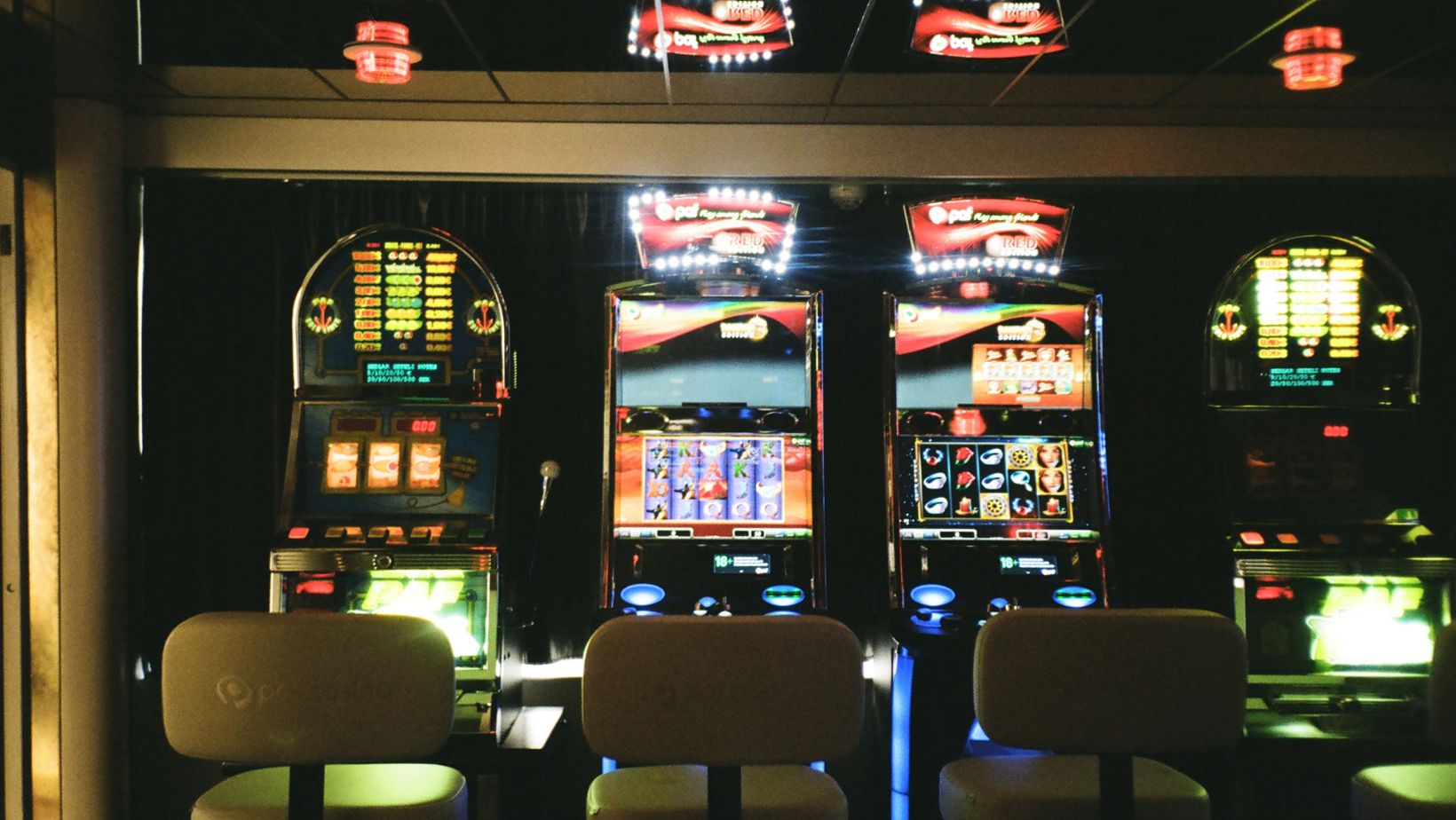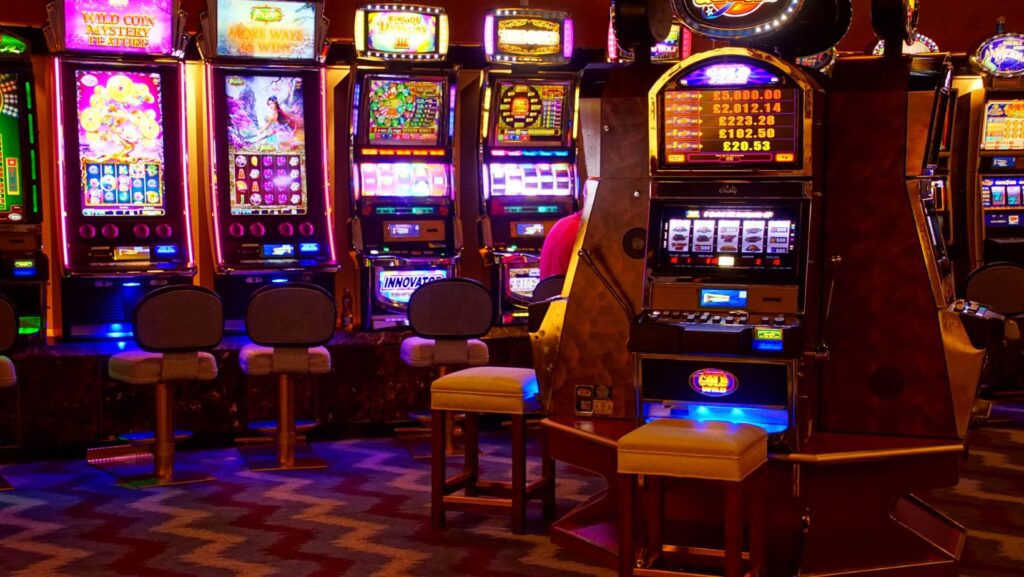The convergence of advanced audio and video technologies has radically changed slot games to be complex sensory experiences instead of just simple mechanical devices that fascinate their users from all over the world. Today’s slot games are essentially one of the best examples of psychological design where the smallest sound effect, visual element and even the animation of one frame are meticulously planned to make the player keep playing.
Psychology of Sensory Engagement in Digital Gaming
In order to figure out the psychological basis for the attractiveness of slot games at 1Red Online Casino, one has to delve into the way human brains handle the simultaneous presentation of the same information in the form of audio-visual stimuli. A study made by the Gaming Psychology Institute shows that players remember 65% more when they get a sound and a visual cue that match each other as opposed to single-sensory experiences.
The process of dopamine secretion caused by slot games is made through extremely careful and precise sensory instructions. When players are given a certain sound combination along with a winning visual pattern, their brains make it very easy for them to remember that particular moment and henceforth, they want to continue playing. The term “sensory conditioning” that is one of the major concepts of the modern slot game design invented by the philosophy department is the main reason for this phenomenon.
Key Psychological Triggers in Slot Games:
- Near-miss audio cues that create anticipation despite losses
- Progressive sound building during bonus rounds
- Color psychology implementation through symbol design
- Rhythm patterns that match human heartbeat variations
- Celebration soundtracks that amplify winning experiences
Visual Design Elements That Drive Player Retention
Contemporary slot games employ sophisticated visual hierarchies that guide player attention through strategic color placement, animation timing and symbol significance. The most successful games utilize what designers call “visual breadcrumbs”—subtle graphic elements that subconsciously direct player focus toward important game features.

Animation quality has become increasingly crucial in maintaining competitive advantage. Games featuring smooth 60fps animations and particle effects report 23% higher player retention rates compared to standard 30fps alternatives. This technical superiority creates perceived value that translates directly into extended play sessions.
| Visual Component | Player Impact Score | Retention Influence | Production Cost Factor |
| HD Symbol Animation | 8.7/10 | +31% session length | High |
| Particle Effects | 7.9/10 | +19% return rate | Medium |
| Background Themes | 6.4/10 | +12% engagement | Low |
| UI Color Schemes | 7.2/10 | +15% satisfaction | Low |
| Bonus Round Graphics | 9.1/10 | +42% spending | Very High |
The strategic use of color temperature variations throughout gameplay sessions helps maintain visual interest without causing eye fatigue. Successful games typically employ warmer color palettes during base gameplay and shift toward cooler tones during bonus features, creating distinct emotional associations with different game states.
Audio Engineering Mastery in Player Experience
Sound design in modern slot games extends far beyond simple notification chimes. Professional audio engineers now employ techniques borrowed from film scoring and video game development to create immersive soundscapes that enhance emotional investment.
The concept of “audio layering” allows games to build complex sonic environments that respond dynamically to player actions. Base layer ambient sounds provide a consistent atmosphere, while interactive sound effects create immediate feedback for every button press, spin initiation and result revelation.
Essential Audio Components:
- Ambient soundscapes that establish thematic consistency
- Dynamic range compression for mobile device optimization
- Frequency-specific reward sounds targeting optimal hearing ranges
- Rhythmic patterns that encourage continued interaction
- Silence utilization for dramatic tension building
Modern slot games increasingly incorporate adaptive audio systems that adjust volume levels, frequency responses and effect intensities based on player behavior patterns. These systems recognize when players are experiencing winning or losing streaks and modify audio feedback accordingly to maintain optimal engagement levels.
Science of Multisensory Marketing in Gaming
Research from the Digital Entertainment Research Foundation demonstrates that coordinated audio-visual experiences create stronger emotional connections than either sensory channel alone. This principle, known as “cross-modal enhancement,” explains why successful slot games invest heavily in synchronized sensory design.
The timing relationship between visual and audio events proves critical for maintaining player immersion. Studies indicate that audio cues arriving 40-60 milliseconds before corresponding visual elements create the strongest psychological impact, leveraging natural human sensory processing preferences.
Technology Integration and Future Trends
Emerging technologies continue expanding the sensory toolkit available to slot game developers. Haptic feedback systems now provide tactile reinforcement for winning combinations, while spatial audio technologies create three-dimensional sound environments that enhance thematic immersion.
Virtual and augmented reality implementations represent the next frontier in slot game sensory design. Early prototypes incorporating full environmental audio, 360-degree visuals and physical sensation feedback show promising engagement metrics, though widespread adoption remains limited by hardware accessibility.
